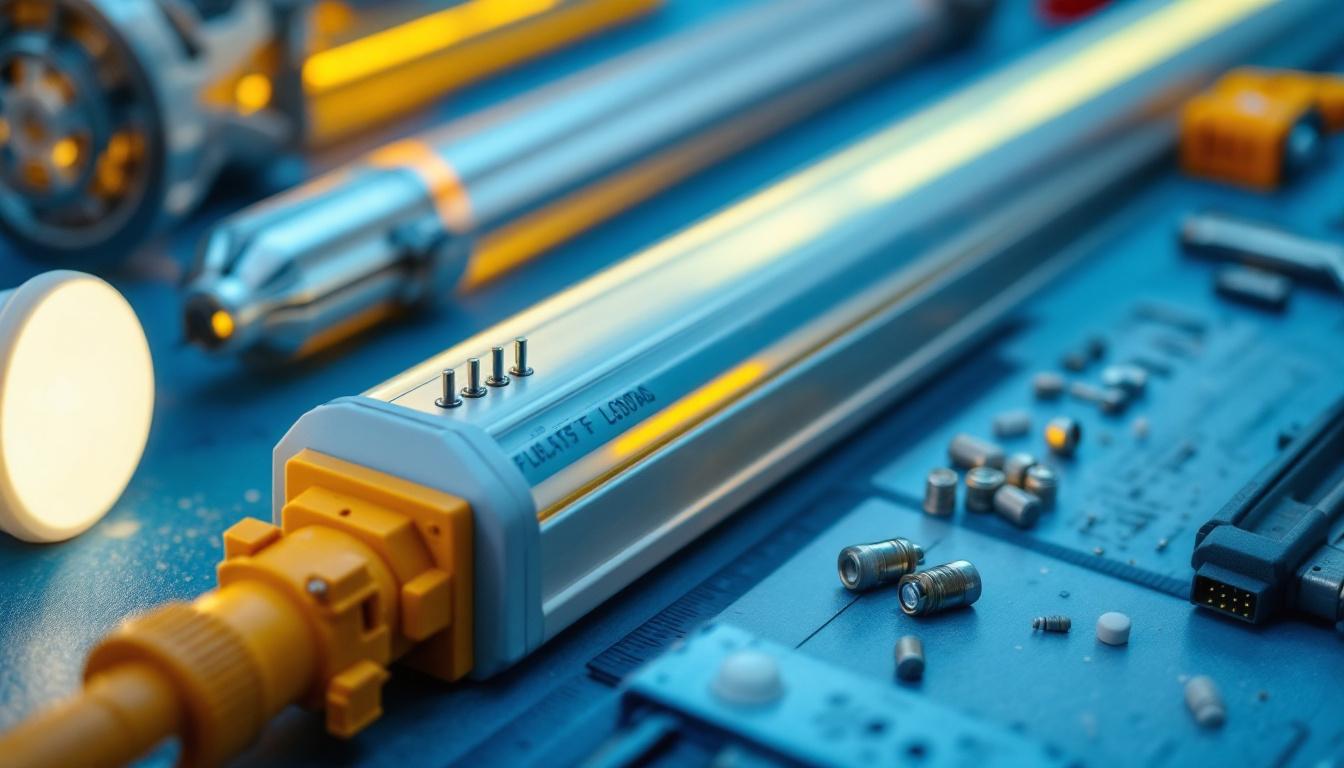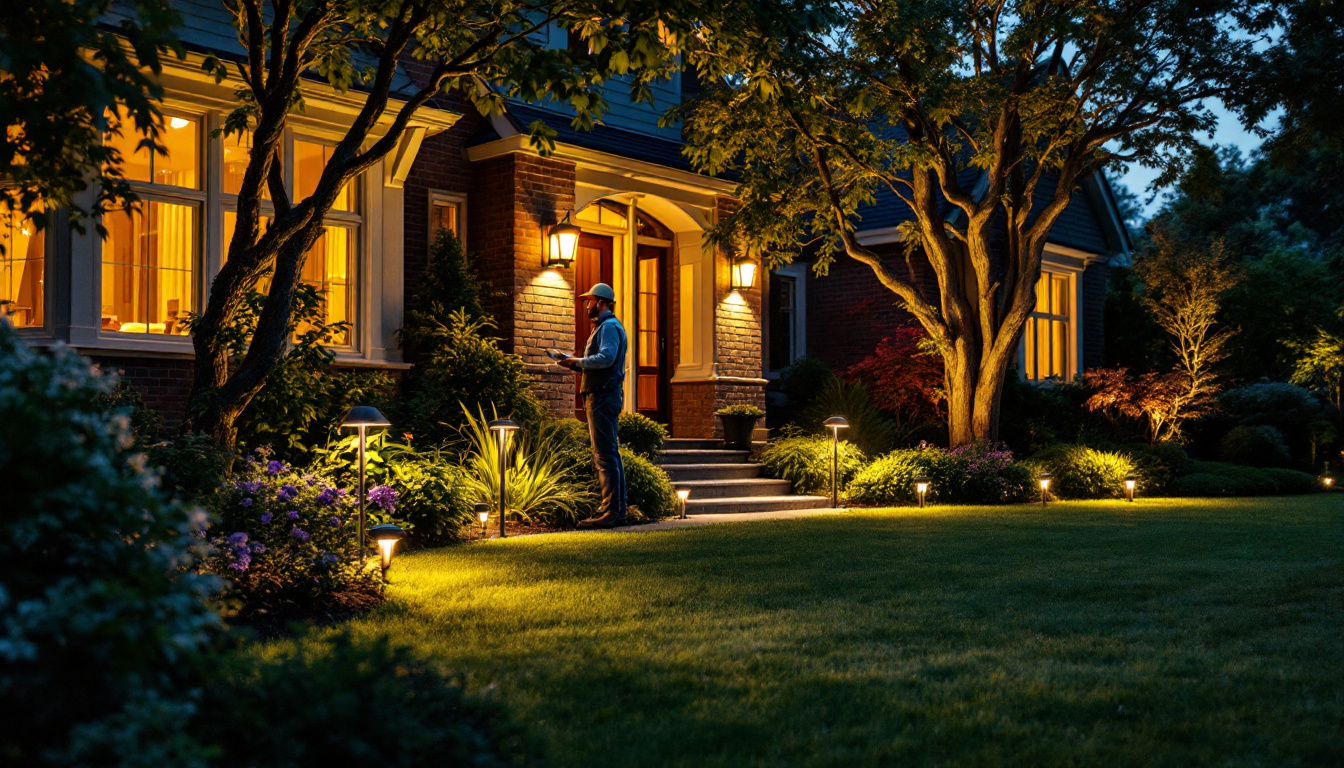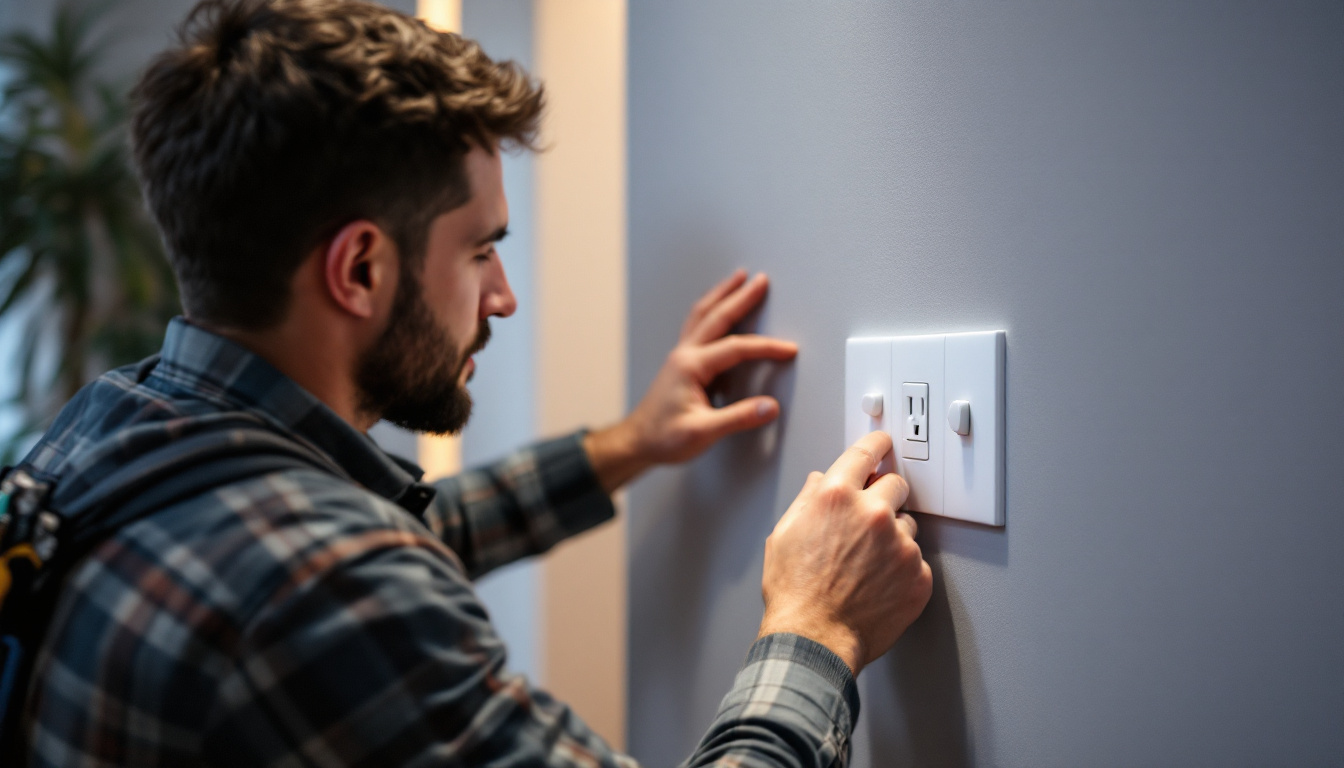
Flexible LED tape lighting has revolutionized the way lighting contractors approach both residential and commercial projects. Its versatility, ease of installation, and energy efficiency make it an increasingly popular choice for accent, task, and ambient lighting. However, despite its apparent simplicity, there are several common pitfalls that contractors must avoid to ensure optimal performance, longevity, and client satisfaction.
Understanding the technical nuances and practical challenges associated with flexible LED tape lights is essential. This guide aims to highlight the most frequent mistakes lighting contractors make and provide actionable advice to help professionals deliver flawless installations every time.
One of the key advantages of flexible LED tape lighting is its adaptability to various environments and design aesthetics. Whether it’s illuminating a cozy kitchen nook, highlighting architectural features in a commercial space, or creating dynamic mood lighting in entertainment areas, the applications are virtually limitless. This adaptability is further enhanced by the availability of different color temperatures and brightness levels, allowing contractors to tailor their lighting solutions to meet specific client needs. Additionally, many types of LED tape can be cut to length, making it easy to customize installations without excess waste.
However, with great flexibility comes the responsibility of understanding the product specifications and installation techniques. For instance, the choice of power supply is critical; using an inadequate power source can lead to flickering lights or even damage to the tape itself. Moreover, the surface preparation before installation is often overlooked. Ensuring that the mounting surface is clean and dry not only aids adhesion but also prolongs the life of the adhesive backing. By paying attention to these details, contractors can avoid common issues that may arise post-installation, ultimately leading to a more satisfying experience for both themselves and their clients.
One of the first critical decisions is selecting the appropriate brightness and color temperature. LED tape lights come in a variety of lumens per foot and color temperatures ranging from warm white (around 2700K) to cool white (over 6000K). Choosing the wrong brightness can either overpower a space or fail to provide sufficient illumination.
Lighting contractors should assess the application carefully. For example, accent lighting in a retail environment might require higher brightness levels to highlight products, whereas residential under-cabinet lighting often benefits from softer, warmer tones to create a cozy atmosphere. Using a color rendering index (CRI) of 90 or above is also recommended for spaces where accurate color representation is critical, such as art galleries or medical facilities. Additionally, it’s worth noting that the perception of brightness can be influenced by the surrounding colors and materials in a space. Light colors on walls can reflect more light, making a room feel brighter, while darker colors may absorb light, requiring a more powerful LED tape light to achieve the desired ambiance.
Moreover, the ability to adjust color temperature can enhance the versatility of LED tape lights. Many modern systems offer tunable white options, allowing users to shift between warm and cool tones depending on the time of day or specific activities. This flexibility can be particularly beneficial in multi-functional spaces, where the lighting needs may change throughout the day.
Another crucial factor is the ingress protection (IP) rating of the LED tape light. Flexible LED tape lights are available in various IP ratings, indicating their resistance to dust and moisture. For indoor, dry locations, an IP20 rating might suffice. However, for kitchens, bathrooms, outdoor areas, or commercial spaces exposed to humidity or dust, a higher IP rating like IP65 or IP67 is necessary.
Ignoring the environmental requirements can lead to premature failure of the LED tape light, resulting in costly repairs and dissatisfied clients. Lighting contractors should always verify the installation environment and select products accordingly. In addition to IP ratings, it’s also essential to consider factors such as temperature tolerance and UV resistance, especially for outdoor applications where exposure to sunlight can degrade materials over time. Choosing LED tape lights with robust construction and weather-resistant features can significantly extend their lifespan and maintain their performance, ensuring that the investment pays off in the long run.
Furthermore, when planning installations in areas prone to high moisture, such as spas or saunas, it may be beneficial to incorporate additional protective measures, such as using waterproof connectors and ensuring proper sealing at joints. This proactive approach not only enhances the durability of the lighting solution but also provides peace of mind to clients who expect their lighting to withstand the test of time and environmental challenges.
One of the most overlooked aspects of LED tape light installation is surface preparation. The adhesive backing on most flexible LED tapes requires a clean, dry, and smooth surface for optimal adhesion. Surfaces contaminated with dust, grease, or moisture will cause the tape to peel prematurely.
Contractors should thoroughly clean the mounting surface with isopropyl alcohol or another suitable cleaner before applying the tape. Additionally, rough or uneven surfaces may require the use of mounting channels or clips to secure the tape properly and prevent sagging or detachment over time.
Voltage drop is a significant issue that can degrade the performance of flexible LED tape lights, especially on longer runs. As the distance from the power supply increases, the voltage decreases, causing the LEDs to dim or change color. This is a common mistake when contractors exceed the recommended maximum run length without compensating.
Manufacturers typically specify a maximum run length, often between 16 to 32 feet, depending on the product. To avoid voltage drop, contractors should either use shorter runs, provide additional power injection points, or select higher voltage LED tapes (such as 24V instead of 12V) which are less susceptible to voltage drop.
LEDs generate heat during operation, and excessive heat can reduce their lifespan and efficiency. Flexible LED tape lights are often installed on surfaces that do not dissipate heat well, such as plastic or wood. Failing to address heat management can lead to premature LED failure.
Installing LED tape lights on aluminum channels or heat sinks is a best practice that helps dissipate heat effectively. These channels also provide a professional finish and protect the tape from physical damage. Lighting contractors should always consider heat dissipation in their design and installation plans.
Power supply selection is critical to the success of any LED tape light installation. Using an underpowered or low-quality power supply can cause flickering, inconsistent brightness, or even damage the LEDs. Conversely, an oversized power supply may lead to inefficiencies and increased costs.
Contractors should calculate the total wattage of the LED tape run and select a power supply with at least 20% overhead to ensure reliable operation. Additionally, selecting power supplies with built-in protections against short circuits, overvoltage, and overheating will enhance system safety and durability.
Dimming capabilities are often a key feature of LED tape lighting installations, providing flexibility and energy savings. However, not all LED tapes are compatible with every dimming technology. Using incompatible dimmers can cause flickering, buzzing, or reduced LED lifespan.
Lighting contractors must verify compatibility between the LED tape, power supply, and dimming controls. Options include trailing-edge dimmers, PWM (pulse width modulation) controllers, or smart lighting systems compatible with protocols like DMX or Zigbee. Proper integration ensures smooth dimming performance and enhances user experience.
Compliance with local electrical codes and safety regulations is non-negotiable. Flexible LED tape lighting installations must meet standards regarding wiring, grounding, and circuit protection. Failure to comply can result in safety hazards, legal liabilities, and failed inspections.
Contractors should stay updated on relevant codes, such as the National Electrical Code (NEC) or equivalent local standards, and ensure all components used are certified by recognized testing laboratories. Proper documentation and labeling also facilitate maintenance and future upgrades.
Poor wiring practices are a common cause of LED tape light failures. Using inadequate gauge wires, loose connections, or improper soldering can lead to voltage drops, flickering, or complete system failure. Additionally, exposed wiring poses safety risks.
Lighting contractors should use wires of appropriate gauge, secure all connections with solder or reliable connectors, and insulate exposed conductors properly. Employing quick-connect systems designed for LED tapes can improve reliability and reduce installation time.
After installation, thorough testing is essential to verify that the LED tape lights function as intended. Contractors should check for uniform brightness, color consistency, and proper dimming response. Identifying issues early prevents costly callbacks and enhances client trust.
If problems arise, common troubleshooting steps include checking power supply output, verifying wiring integrity, and inspecting for physical damage to the tape. Maintaining a systematic approach to testing ensures efficient problem resolution.
Educating clients on the proper use and maintenance of flexible LED tape lights can extend the life of the installation and reduce service calls. Providing clear documentation on operating instructions, warranty details, and contact information for support is a professional courtesy that builds long-term relationships.
Clients should be advised on cleaning methods, avoiding physical damage, and recognizing signs of wear or failure. Well-informed clients are more likely to appreciate the value of the installation and recommend the contractor’s services.
Flexible LED tape lighting offers tremendous opportunities for lighting contractors to create innovative, efficient, and aesthetically pleasing lighting solutions. However, avoiding common mistakes—from product selection and installation to electrical considerations and client communication—is vital for success.
By understanding the technical requirements and best practices outlined in this guide, lighting contractors can enhance their professionalism, reduce costly errors, and deliver superior results that satisfy clients and stand the test of time.
Ready to elevate your lighting projects with the highest quality flexible LED tape lights? Look no further than LumenWholesale, where we offer spec-grade lighting products at unbeatable wholesale prices. Say goodbye to middleman markups and hello to superior lighting solutions that meet the highest industry standards. With LumenWholesale, bulk buying is a breeze, and with free shipping, you’re guaranteed the best value without any hidden costs. Don’t compromise on quality or price. Discover wholesale lighting at the best value today and bring your lighting projects to life with confidence and ease.

Discover the crucial role of fluorescent ballasts in lighting systems and why they are indispensable for lighting contractors.

Discover the frequent pitfalls lighting contractors encounter with fluorescent bulb fixtures.

Explore how 5 ft LED lights operating at 110 volts are revolutionizing energy efficiency in homes and businesses.

Discover essential tips and expert advice tailored for lighting contractors on selecting and installing switches and receptacles.